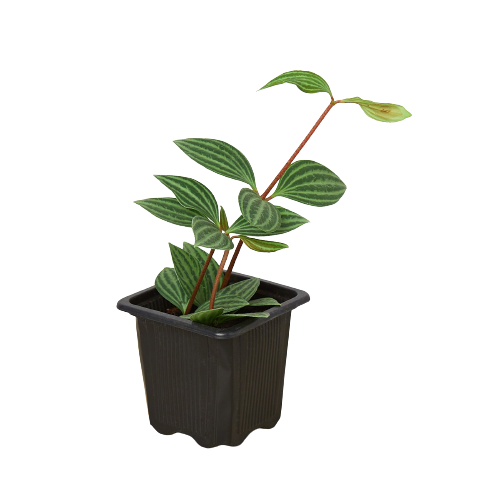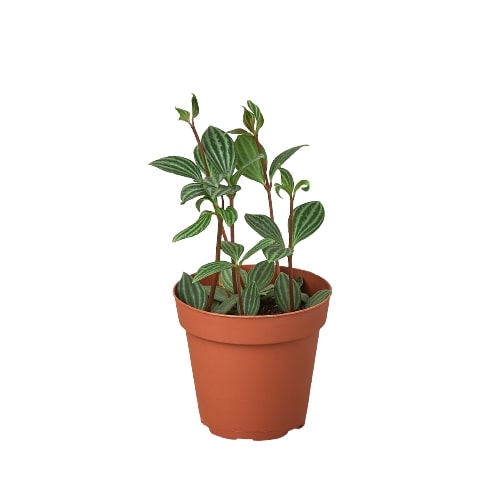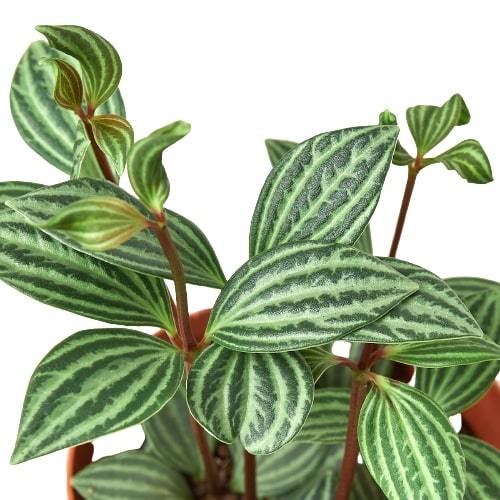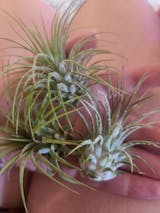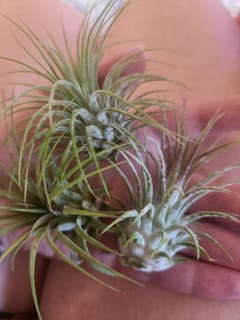I ordered theses on Monday and got them on Thursday. I love them, ill definitely be ordering again soon!
Alchemist of the Earth
Peperomia 'Parallel'
Peperomia 'Parallel'
Couldn't load pickup availability
Peperomia Parallel (Peperomia puteolata)
Introduce a touch of unique charm to your indoor garden with the Peperomia Parallel, also known as Peperomia puteolata. This delightful houseplant is native to the tropical rainforests of South America and is cherished for its striking foliage and easy care.
Appearance: The Peperomia Parallel features small, oval-shaped leaves with a beautiful pattern of dark green and silver stripes running parallel along the length of the leaves, reminiscent of watermelon rinds. The leaves grow in whorls around the plant’s reddish stems, creating a lush and visually appealing display.
Size: This compact plant typically grows to a height of 6-12 inches, with trailing stems that can spread up to 18 inches, making it perfect for small spaces, tabletops, or as part of a larger plant arrangement.
Care Requirements:
- Light: Thrives in bright, indirect light but can tolerate lower light conditions. Avoid direct sunlight to prevent leaf burn.
- Water: Water moderately, allowing the soil to dry out between waterings. Overwatering can lead to root rot.
- Soil: Prefers well-draining soil. A standard potting mix with added perlite or sand works well.
- Temperature: Ideal temperatures range from 65°F to 75°F (18°C to 24°C). Protect from cold drafts and sudden temperature changes.
- Humidity: Appreciates moderate humidity. Mist the leaves occasionally or use a humidity tray if the air is very dry.
Special Notes: The Peperomia Parallel is not only a visually stunning plant but also low-maintenance, making it an excellent choice for both novice and experienced plant enthusiasts. Its unique foliage and compact size make it a standout addition to any indoor garden.
- Botanical Name: Peperomia tetragona (formerly x puteolata)
-
Common Name(s): Parallel
- Description: With its almond-shaped leaves are variegated with alternating stripes of dark and light green, much like the outside of a watermelon. The leaves emerge in whirls of threes and fours with upright, reddish stems.
Share
